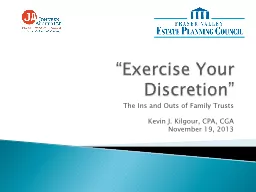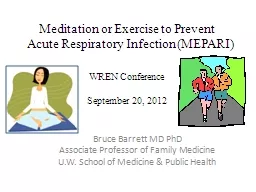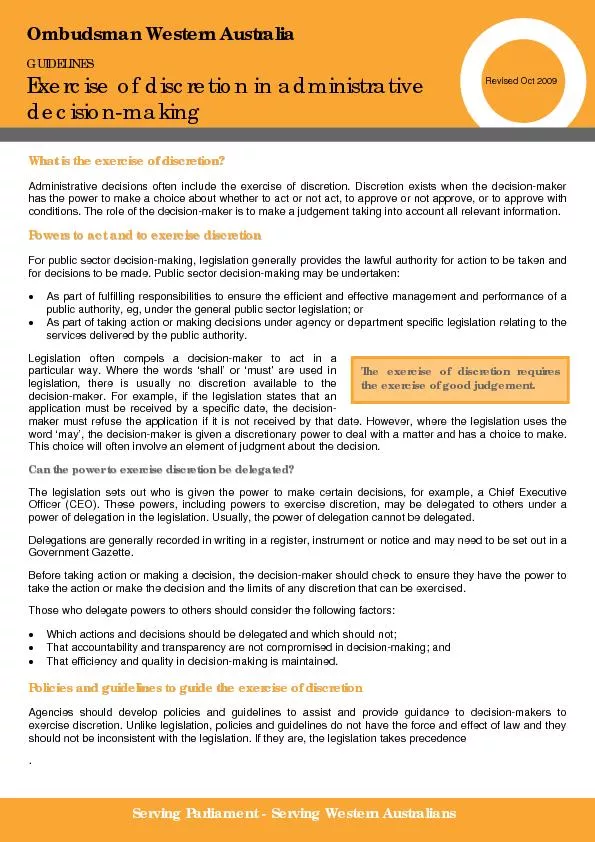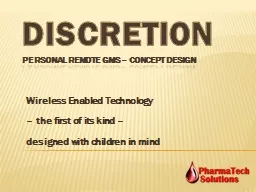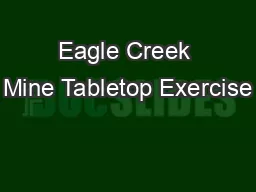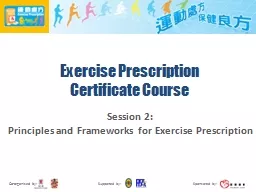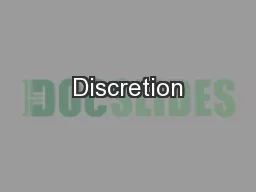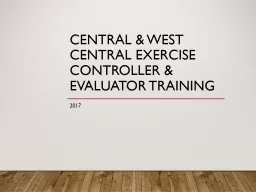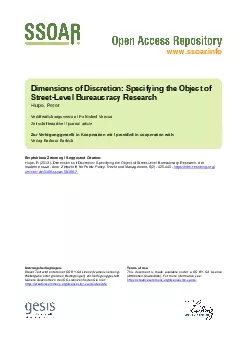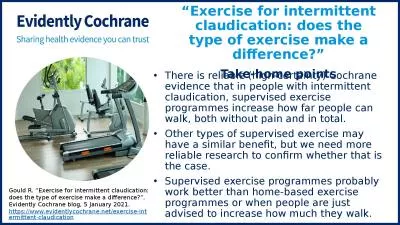PPT-“Exercise Your Discretion”
Author : tawny-fly | Published Date : 2016-03-23
The Ins and Outs of Family Trusts Kevin J Kilgour CPA CGA November 19 2013 1 What is a family trust 2 How are they created 3 Why do we use them 4 How are they
Presentation Embed Code
Download Presentation
Download Presentation The PPT/PDF document "“Exercise Your Discretion”" is the property of its rightful owner. Permission is granted to download and print the materials on this website for personal, non-commercial use only, and to display it on your personal computer provided you do not modify the materials and that you retain all copyright notices contained in the materials. By downloading content from our website, you accept the terms of this agreement.
“Exercise Your Discretion”: Transcript
Download Rules Of Document
"“Exercise Your Discretion”"The content belongs to its owner. You may download and print it for personal use, without modification, and keep all copyright notices. By downloading, you agree to these terms.
Related Documents

